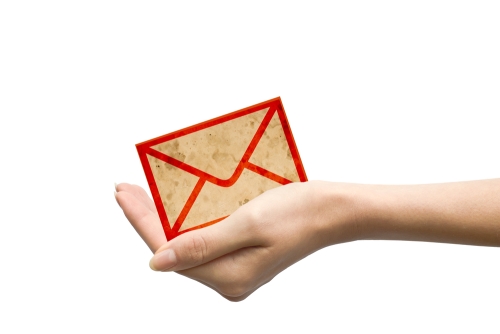Do you have a database of your clients’ contact information? Does it include not only mailing addresses and phone numbers, but email addresses?
Email has been around for nearly two decades, but some industries are better than others about using the tool to effectively reach out to clients and prospects and prove their companies’ value. In the marketing field, I hear plenty of discussion about how email is no longer useful, that it merely contributes to the white noise and pushes the target audience away.
However, I still believe in the inherent power of email to bridge the gap between traditional and digital forms of communication in a rapidly evolving business environment. There is a caveat to that, of course: Businesses need to learn how to properly utilize the channel and exercise some restraint when sending emails to clients. Going overboard with the frequency of emails can isolate prospects and clients and wastes your marketing resources. As I highlighted in an earlier piece, Email Marketing Making a Comeback, email open rates have continued to rise, hinting that recipients are still interested and engaged when it comes to receiving updates from companies they do business with.
How to forge a connection
Any time you plan to send a marketing email to a small group of clients or to everyone on your contact list, take pause to ask yourself a few questions:
- Does what you’re sending offer them new information or valuable insights?
- Does the message supplement and support your overall marketing themes and goals?
- Have you set the stage for a two-way dialogue?
Consistency is also crucial when you’re adding email to a marketing mix. Before you send out your first list email, decide what you want to accomplish and how much you are willing to dedicate to the project. Do you and your team have the time to write, compile, design and distribute a quality monthly newsletter? Would a larger quarterly email blast better suit your clients’ preferences? Get a feel for their current receptiveness to communications to gauge the best frequency.
Like other channels, this form of communication should not be considered a substitution for other marketing tactics. Rather, it is meant to enhance your in-person promotions, phone calls, direct mail, web content and additional efforts.
Before writing, think about what pain points or challenges your clients and prospects face, and try to devise solutions and suggestions to address those.
